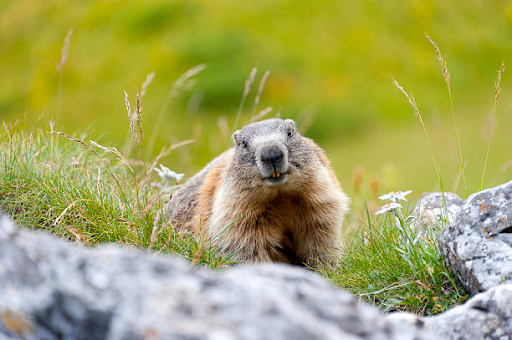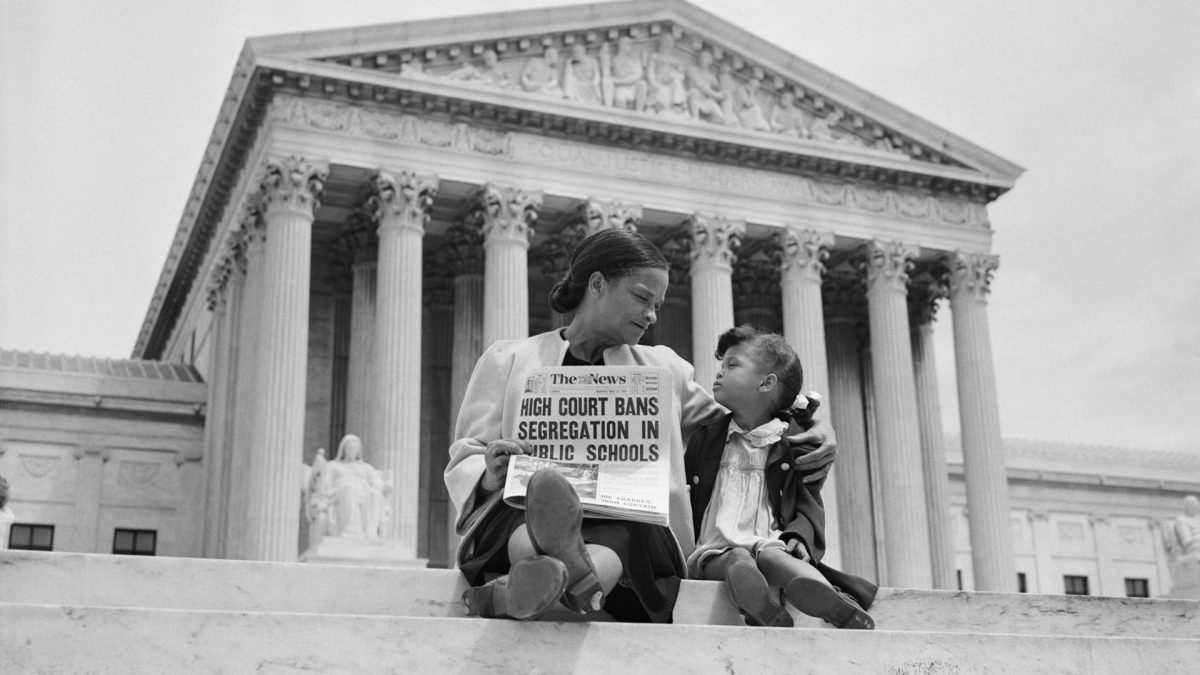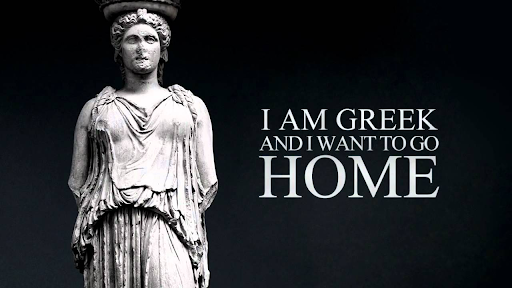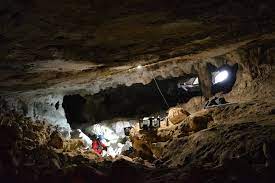Among many controversies in the world, Groundhog day never gets old. Let’s get to the basics before we discuss whether this day should be characterized as mythical or historical.
The theory has its roots from the ancient European tradition Candlemas, a Christian holiday. Candlemas mark the midpoint between the winter solstice and the spring equinox and a day to bless the candles used during the winter months, signaling the hope for brighter days ahead. The tradition of weather prediction on Candlemas involved a belief that if the weather on this day were clear, there would be six more weeks of winter. In other areas around the world such as Germany, it was said that if a hedgehog (or a similar animal) saw its shadow, it would predict six more weeks of winter as well. This idea eventually morphed its way to Pennsylvania with German immigrants, where the groundhog, a native animal, replaced the hedgehog as the weather predictor. In the year 1887, the first official Groundhog Day celebration took place in Punxsutawney, Pennsylvania, which is currently home to the most famous groundhog Punxsutawney Phil.
According to tradition, if Phil sees his shadow, it predicts six more weeks of snowy winter; if he does not, an early spring full of showers and flowers is on the way. This event has grown into a popular tradition, with thousands of people gathering to watch Phil’s weather prediction every February 2nd.The most significant cultural boost to the holiday came from the 1993 movie “Groundhog Day,” starring Bill Murray. In the film, Murray’s character, Phil Connors, a cynical weatherman, is forced to relive the same day—Groundhog Day—over and over again.The movie became a classic and cemented the day’s cultural significance, turning it into an event that was recognized beyond just the Pennsylvania region.
During Groundhog Day, many families celebrate by hosting parties,complete with groundhog-themed snacks or decorations. You might find groundhog-shaped cookies, cupcakes, or even themed party hats. Depending on where you live, many families spend the day outside, taking a winter walk, ice skating, or playing in the snow. The phrase “Groundhog Day” now also refers to any situation in which events keep repeating themselves. While this celebration is a cultural and seasonal reset for many individuals there is no concrete evidence that it is scientifically true.
Now onto the scientific aspect, groundhogs are typically hibernating during the winter months, and on the rare occasions when they wake up, it’s usually because of changes in temperature or light levels. Their behavior on February 2nd has more to do with environmental cues than any mystical weather prediction. Statistically, if you look at the accuracy of the groundhog’s weather prediction, it’s dismal. The Punxsutawney Groundhog Club claims the groundhog predicts the weather correctly about 39% of the time. Given that the actual scientific accuracy of a weather forecast (done with meteorological data) is much higher than that, the groundhog’s guesses don’t hold up.
Even though this holiday might not have the most accurate scientific background, it creates a hopeful atmosphere for future endeavors and great quality time with friends and family.








